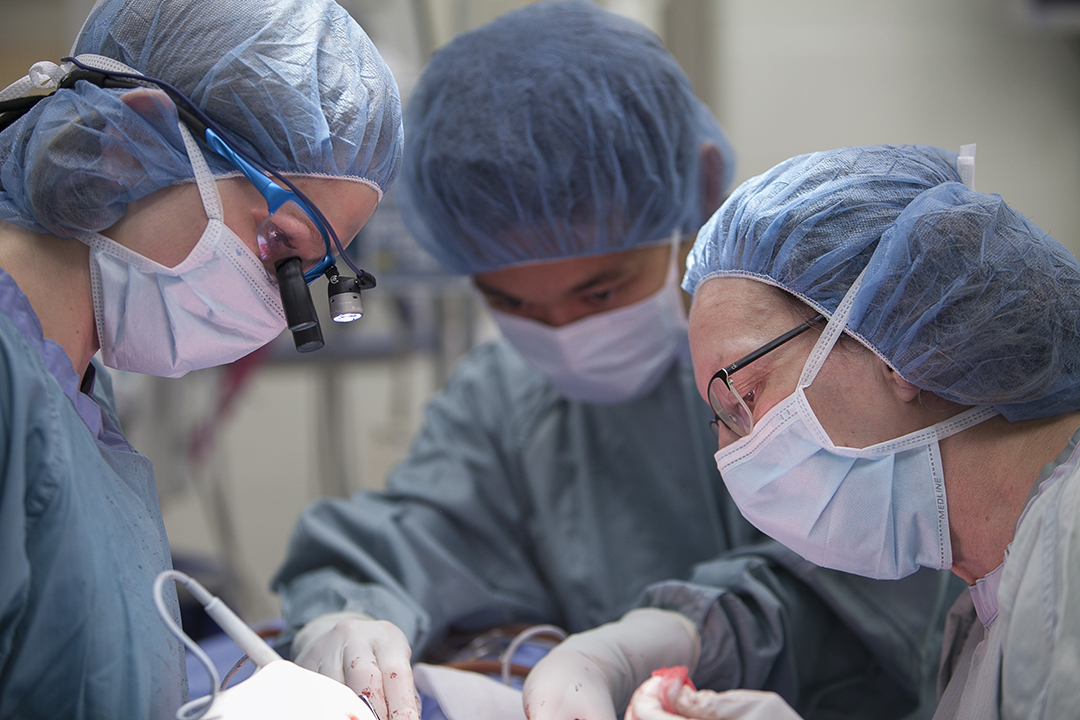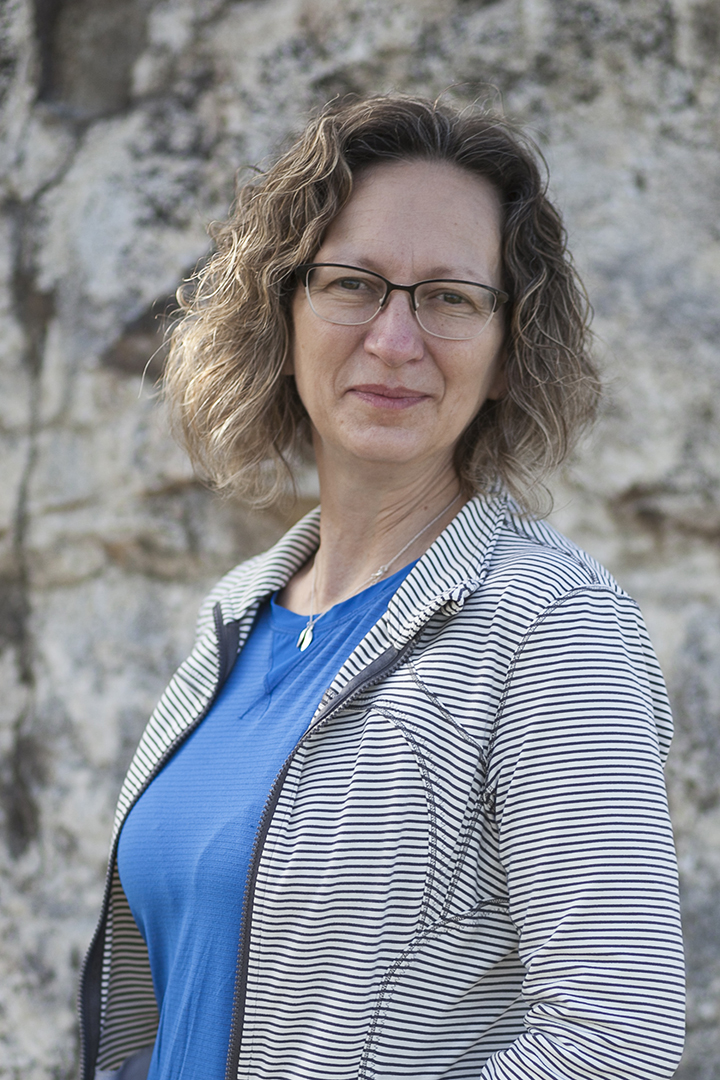
Shmon recognized for outstanding teaching
Veterinary surgeon Dr. Cindy Shmon hopes to help her students see grey in a world that isn’t just black and white.
By Katie Brickman-YoungShmon is the Western College of Veterinary Medicine (WCVM) 2019-20 recipient of the Provost’s College Award for Outstanding Teaching. The University of Saskatchewan (USask) Gwenna Moss Centre for Teaching Effectiveness presents this annual award to one professor from each college who demonstrates outstanding teaching in his or her field. The centre announced this academic year's award recipients on May 8.
“It’s humbling given all the talented faculty in the college,” says Shmon, professor in the WCVM’s Department of Small Animal Clinical Sciences. She has also served as department head since 2011. “The fun of teaching is creating opportunities to use what they are learning and supporting them as they develop their skills. The bonus is what I learn watching and the smiles when they see they really can do it.”
During Shmon’s 32 years of teaching small animal surgery in all four years of the Doctor of Veterinary Medicine (DVM) program, she can see the students’ progress throughout their studies and help them build confidence in their skill set. Her teaching style is working with each student to see the bigger picture in their learning.
“Surgery is a technical skill. When a lot of people start in surgery, it is new and they aren’t used to using instruments and they feel awkward and unco-ordinated,” says Shmon. “They are worried about a lot of little things and sometimes miss the big picture, so I try to make sure they grasp that first while also guiding them through those little steps until they put it all together.”
Shmon uses the lectures and surgical labs to break down the content into important principles the students can learn and remember when they get to the clinics.
“You are trying to help them learn the material and develop better tools to learn … I think that is the challenge of teaching,” she says. “Everybody’s learning style is different, so I try to find what works for each individual student."

The DVM curriculum is structured so students learn new skills in surgical studies throughout the four-year program. Shmon explains that in first year, it’s learning about the instruments and basic suturing patterns. In second year, students learn how to use the instruments and perform procedures that build on those specific skills. The progression continues in third year, where students work with live tissue and see their result on live animals. By fourth year, students are involved in clinical cases and working through surgical problems on their clinical rotations.
In lectures, Shmon’s uses a more discussion-based style than formal lecture, something she feels resonates with her students.
“I have them read the material before they come to class then we apply it in class,” she says. “We have more of a discussion as we work through the cases so they can explain what they are thinking and address any questions. I try to open those lines of communication since a lot of students have different experiences that are valuable for everyone to hear.”
Shmon was the recipient of University of Saskatchewan Students’ Union Teaching Excellence Awards in 2010-11 and 2004-05. She has also received several honours for her work with surgical residents, including this spring’s WCVM Graduate Supervisor award from the Graduate Students’ Association at the college.
Seeing students become more skilled and confident in surgical procedures is what Shmon enjoys most about her job.
“To a certain extent, this award is a little bit of validation that I am doing something right,” she says. “It motivates me to keep exploring different things to help students learn.”
